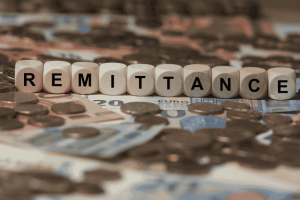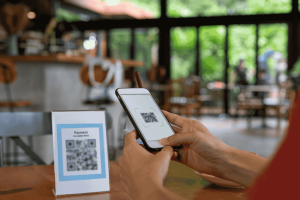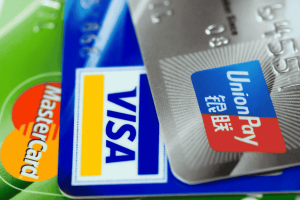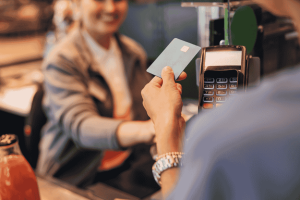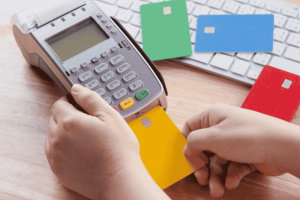Have you noticed how paying for your coffee, groceries, or even a taxi ride has become faster and easier? That’s the magic of contactless credit cards. With just a tap, your payment is done in seconds—no swiping, no PIN, no signature. But as this technology becomes more popular, it’s natural to wonder: Are contactless credit cards really secure? Let’s dive into what you need to know to use them confidently and safely.
What Are Contactless Credit Cards?
Contactless credit cards use Near Field Communication (NFC) technology to process payments. Instead of inserting or swiping your card, you simply hold it near a payment terminal—usually within 2–4 centimeters—and the transaction is completed instantly.
How do you know if your card is contactless?
Look for the wave-like symbol (similar to a Wi-Fi icon turned sideways) on your card.
Why Are Contactless Cards So Popular?
Contactless cards have rapidly gained popularity for several key reasons that perfectly fit modern lifestyles:
- Speed: Payments are completed within seconds, helping you breeze through checkout lines without delay.
- Convenience: For smaller purchases, you don’t need to enter a PIN or sign—just tap and go.
- Hygiene: Minimizing physical contact with payment terminals helps reduce the spread of germs, an important benefit especially in public spaces.
- Widespread Acceptance: An increasing number of merchants worldwide are upgrading their payment systems to accept contactless transactions, making it easier than ever to use your card.
How Do Contactless Payments Work?
When you tap your card on a contactless-enabled terminal, the card and terminal communicate wirelessly using encrypted data. The process is quick and designed to be secure, with several layers of protection built in.
Are Contactless Credit Cards Secure?
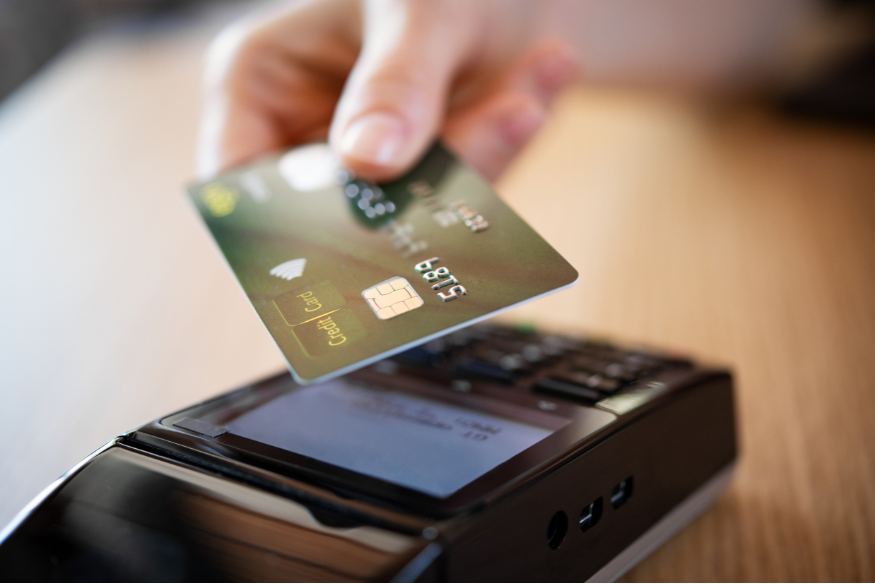
Yes—contactless cards are generally very secure. They’re designed to make everyday payments faster and easier, without compromising safety. Here’s a breakdown of the key security features:
1. Limited Range
A contactless card must be held very close—typically within 4 centimeters—of a payment terminal to complete a transaction. This short range makes it extremely difficult for criminals to intercept your card information remotely. Unlike wireless signals like Wi-Fi or Bluetooth, the signal used in NFC (Near Field Communication) is intentionally short-range to prevent unintended connections.
2. Encrypted Transactions
Every time you tap your card, a unique, one-time cryptographic code is generated. Your actual card number is never shared with the merchant. This technology, similar to what’s used in chip cards and mobile wallets, helps prevent common fraud techniques like skimming, where criminals copy card data to clone it. Even if someone intercepted the code from one transaction, it couldn’t be reused.
3. Spending Limits
Contactless payments usually have a transaction limit, often between $50–$100 depending on your country and bank. For purchases above that threshold, you’ll be prompted to enter a PIN or provide a signature. These limits help minimize the risk if someone were to use a lost or stolen card.
Some banks also cap daily contactless spending, adding an extra layer of protection.
4. Built-In Fraud Protection
If your contactless card is lost or stolen, you’re usually protected against unauthorized transactions, provided you report the loss quickly. Most banks offer zero-liability policies, meaning you won’t be held responsible for fraudulent charges. Additionally, you can often:
- Request a new card with a different number immediately
- Instantly freeze or deactivate your card through your banking app
- Receive real-time transaction alerts to spot suspicious activity
Common Myths and Concerns About Contactless Cards
Despite the growing popularity of contactless payments, some myths still persist. Let’s separate fact from fiction and address a few common concerns:
Myth 1: Someone Can Steal My Card Info Just by Walking By
This fear stems from the idea that a criminal could use a hidden scanner to read your card through your pocket or bag. While this is technically possible in theory, in reality, it’s extremely unlikely. Contactless cards require very close proximity (usually under 4 cm) and use strong encryption. The thief would also need the right equipment, exact positioning, and still wouldn’t get enough data to make a valid transaction.
For added peace of mind, RFID-blocking wallets or sleeves can offer extra protection—but for most people, they’re not necessary.
Myth 2: Contactless Cards Are Less Secure Than Chip Cards
Not true. Contactless cards use the same underlying security technology as EMV chip cards, including dynamic, one-time-use transaction codes. In fact, both methods are significantly more secure than older magnetic stripe cards, which are far easier to clone. Whether you tap or insert your card, the transaction is protected by robust encryption and fraud detection systems.
Myth 3: I’ll Be Charged Twice If I Accidentally Tap Twice
Modern payment terminals are built with safeguards to prevent duplicate charges. Once a transaction is completed, the system will ignore any second tap within that session. So even if you accidentally tap your card twice—or keep it close to the reader a bit too long—you’ll only be charged once. If a technical error ever does occur, banks can easily reverse any duplicate transaction.d.
How to Use Contactless Cards Safely
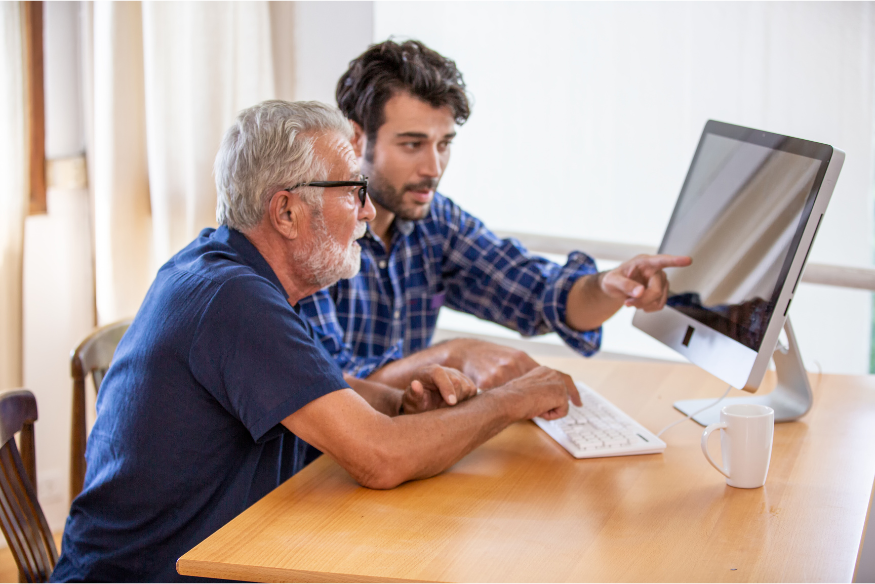
Follow these tips to maximize your security:
- Keep your card in a secure wallet: RFID-blocking wallets add extra peace of mind, though they’re not strictly necessary.
- Monitor your statements: Check your account regularly for any unauthorized transactions.
- Set up alerts: Many banks let you receive instant notifications for every transaction.
- Report lost or stolen cards immediately: This limits your liability and helps your bank block fraudulent activity.
- Use mobile wallets for extra security: Apps like Apple Pay or Google Pay tokenize your card info, adding another layer of protection.
What If Your Card Is Lost or Stolen?
- Contact your bank right away to block the card.
- Check your recent transactions and report any suspicious activity.
- Request a replacement card—most banks will issue one quickly.
Remember: Most banks offer zero-liability protection for unauthorized contactless transactions if you report them promptly.
The Future of Contactless Payments
Contactless technology is no longer just a convenience—it’s becoming the standard for everyday transactions. As innovation continues, here’s what you can expect in the near future:
What’s Coming Next
- Higher Transaction Limits
As fraud prevention systems become more sophisticated, many banks are raising contactless limits—allowing you to make bigger purchases without needing a PIN or signature.
- Expanded Use of Phones and Wearables
Mobile wallets like Apple Pay, Google Pay, and Samsung Pay are growing rapidly. Soon, your watch or phone might be the only wallet you need, making payments faster and even more secure with biometric authentication.
- Broader Merchant Acceptance
From big retailers to public transport, vending machines, and small businesses, contactless is becoming the norm. In some regions, even parking meters and donation kiosks accept tap-to-pay.
Stay Ahead of the Curve
To get the most out of your contactless experience, regularly check your banking app or card provider’s updates. Banks frequently roll out new features—such as digital card controls, temporary card locks, and enhanced transaction alerts—designed to keep your payments both smooth and secure.
Would you like a quick timeline of how contactless has evolved—or predictions on what’s next in five years?
Conclusion: Tap with Confidence

Contactless credit cards are designed to offer speed, convenience, and strong security—all at your fingertips. By understanding how they work and following a few simple safety tips, you can enjoy seamless payments without worry. Remember, your bank is your trusted partner in keeping your finances safe, so don’t hesitate to reach out if you notice anything unusual or have any concerns.
Have you tried using contactless payments? Share your experiences or tips in the comments below—your insights could help others feel more confident. And if you found this guide useful, feel free to share it with friends and family so they too can tap and pay with peace of mind.




